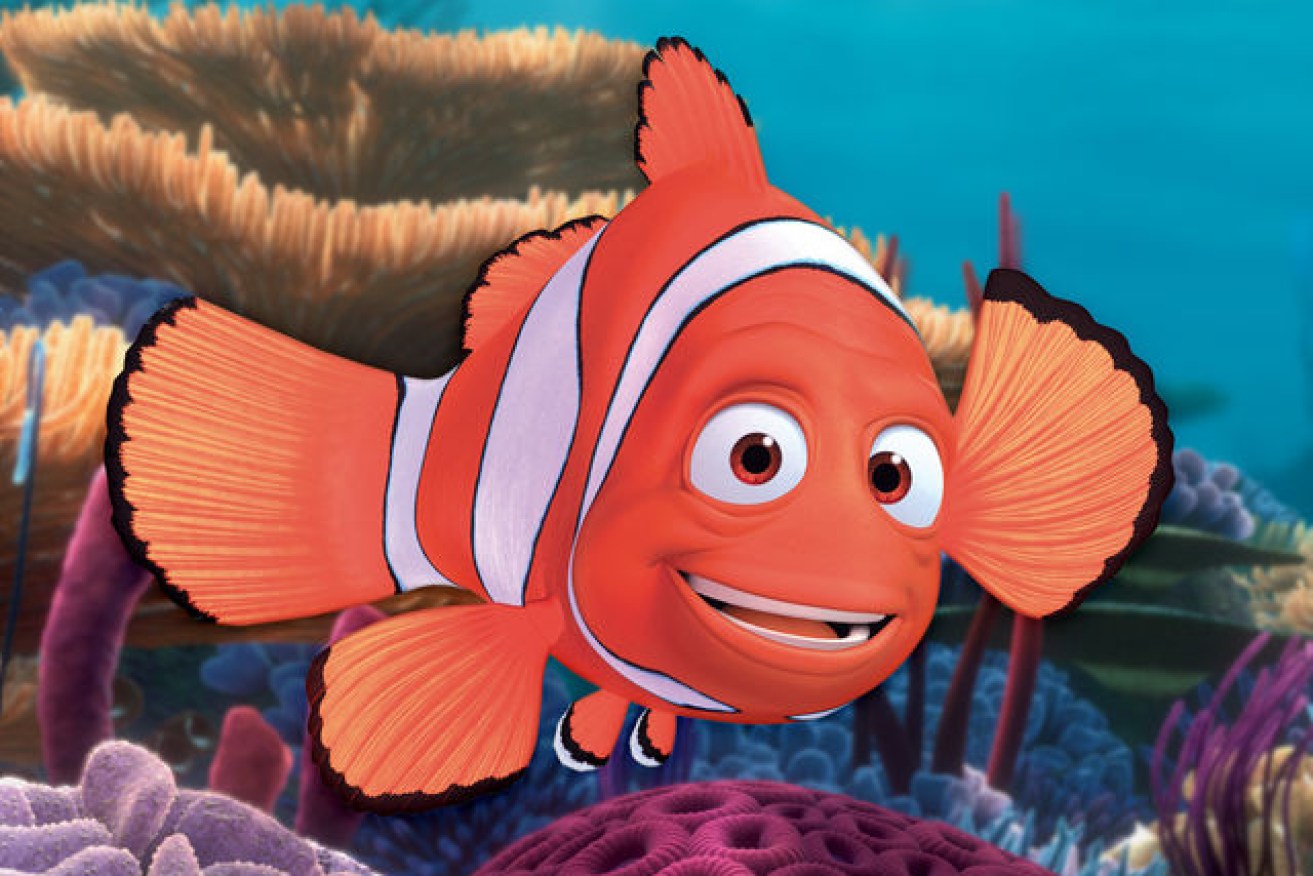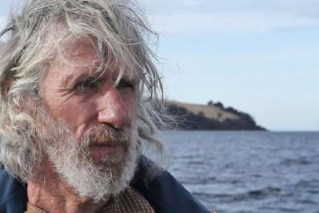Finding Nemo-style voyage ends badly for tropical fish species

The Finding Nemo-style swim had an unhappy ending. Photo: Disney
A large school of tropical fish travelling en masse in the East Australian Current (EAC), in a manner similar to a scene from the hit movie Finding Nemo, has perished after being discharged into the cold temperatures of Tasmania’s northern waters.
Threadfin leather jackets, a species normally found in tropical and temperate inshore marine waters, were found washed up along the north east and around the Furneaux group of islands.
The dead threadfin leather jackets have been spotted along Tasmania’s east coast, including at St Helens and Ansons Bay.
The small fish, which Fisheries Tasmania (FT) said was a “tropical species … apparently at the absolute extent of their range” had simply ventured too far into Tasmanian waters and died due to the temperature being too cold.
“When the water cools or an upwelling of cold deeper water occurs, the tropical species struggle to survive,” they said.
Fisheries Tasmania said the fish had been sent further south in recent years, as the EAC – which NASA describes as the “largest ocean current close to Australia, moving as much as 30 million cubic metres of water per second in a broad ribbon that covers as much as 100 kilometres in width and 500 metres in depth” – persisted longer and more southward.
The EAC is depicted in the 2003 animated film Finding Nemo, in which the movie’s hero, a clownfish, is transported south from northerly waters in a fast-moving channel of water.
No need to worry, local council says
Mick Tucker, Mayor of Break O’Day council in Tasmania’s north-east region, said beach goers should not be concerned by the fish deaths.
“From all the reports I’m getting from locals, it’s exactly the same as what’s happened before,” he said.

The poor threadfin leatherjacket often gets into trouble in Tasmanian waters. Photo: Break O’Day council
“[They] hit the cold water and they tend to go belly up and wash up on our beach.
The Integrated Marine Observing System said the fish had also been washing up on shores in far eastern Victoria and southern New South Wales.
“They started appearing on the beach in small numbers around March 11, but came in en masse in the last few weeks of March,” it said in a statement.
“Although most of the fish appear to be leatherjackets, there are also whiting, black sole, puffer fish, boxfish, sea urchins, flathead and even some penguins.
“Locals noticed the die-off coincided with a drop in ocean surface water temperature of 7 degrees Celsius and a lot of algae (described as a browny-green sludge) in the ocean.”






